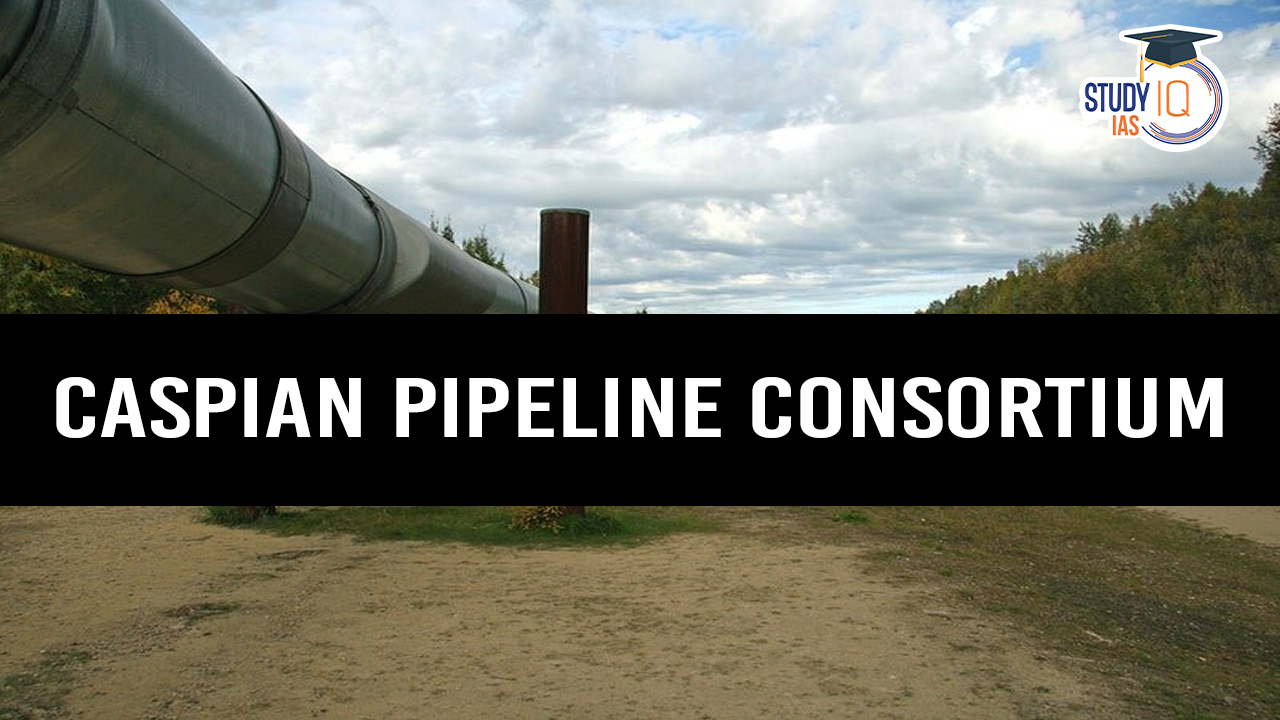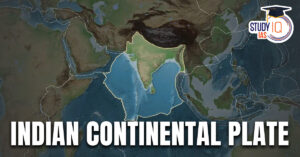Context: According to Russia, oil flows through the Caspian Pipeline Consortium were reduced by 30-40% recently after a Ukrainian drone attack on a pumping station.
About Caspian Pipeline Consortium (CPC)
- CPC was established in 1992 to transport crude oil from the Caspian Sea region to global markets.
- Pipeline Route:
- It starts from the Tengiz oil field, Kazakhstan & Ends at Novorossiysk, Russia (Black Sea port)
- Length: 1,500 km. & Capacity: Over 1.5 million barrels per day (bpd)
Key Features of CPC Pipeline
- It is one of the largest international oil transport projects involving both public and private sector entities.
- Main source of crude oil: Kazakhstan (Tengiz, Karachaganak, and Kashagan fields).
- Major Export Destination: Europe and other global markets.
Key Facts about CPC
- Length: Approximately 1,511 km (939 miles)
- Capacity: Over 1.4 million barrels per day after expansions
- Route: Starts in western Kazakhstan and runs through southern Russia to the Black Sea
- Ownership: A mix of public and private shareholders, including Kazakhstan, Russia, and major energy companies like Chevron and Lukoil
Significance
- Bypasses the Persian Gulf and Suez Canal, providing a strategic alternative for oil exports.
- Crucial for Kazakhstan’s economy, as over 80% of its oil exports flow through this pipeline.


 Rare Earth Elements, Metals, Magnets, Ap...
Rare Earth Elements, Metals, Magnets, Ap...
 Places in News for UPSC 2025 for Prelims...
Places in News for UPSC 2025 for Prelims...
 Indian Continental Plate is Splitting Ap...
Indian Continental Plate is Splitting Ap...





















